Some of the links in this post may be affiliate links.
Paphiopedilum orchids, commonly called Lady Slipper Orchid, is one of the easiest and best low light orchids that you can grow indoors! If you are ready to graduate from growing Phalaenopsis, or Moth Orchids, Paphiopedillum orchids is a great next step!
Let me show you how easy they are to grow. With the stunning array of orchids out there, don’t limit yourself!
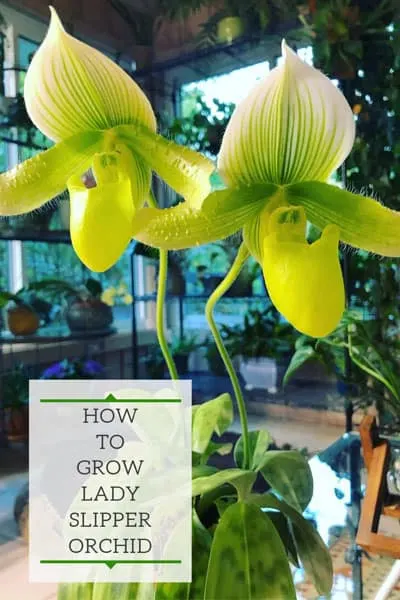
Table of Contents
How to Grow Paphiopedilum Orchids Indoors
If you are looking for low-light orchids that aren’t Phals, I strongly suggest you try growing a Paph. I like Paphiopedilum for their ease of growth, unusual flowers, and the fact that they don’t need as much light as many other orchids.
This doesn’t mean that you put these orchids in the dark! Insufficient light is the number one reason why your orchid, or any plant for that matter, won’t bloom.
Light for Paphiopedilum
If you have a location where you have Phalaenopsis orchids or African Violets blooming, chances are that your Paphiopedilum will do well there.
In general East-facing windows are great for these plants. You’ll need to keep these plants within 1-2 feet of a window for best results.
If the location is too dark, they won’t bloom. But you also don’t want to give these plants too much sun either because it can burn the foliage.
You can tell if your plants are getting too much sun because the foliage will develop reddish edges. If you see this, you may want to diffuse any direct sun, especially afternoon sun which tends to be stronger than morning sun.
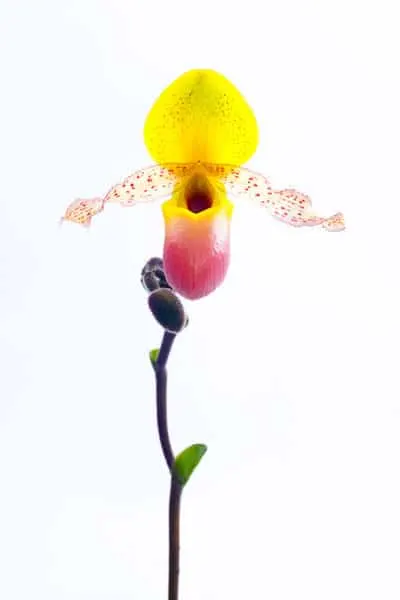
I’ve had success growing and blooming these orchids in both North and East windows. If you have West or South facing windows, you may need to diffuse the direct sun a bit because the light will be too strong.
Another way to tell if your plant is getting too little or too much light is by looking at the leaves. Plants that are growing in conditions that are too dark will be a much darker green.
Paphiopedilums that are growing in light that is too bright will be more of a yellowish green overall.
Using LED Lights for Orchids
I have also experimented with using LED lights to grow orchids and I must say that they grow very well under LED lights!
And I confess, they’re not even grow lights. It was just a plain LED shop light. My plant actually produced two flowers instead of the typical one flower. Whether it was caused by the shop light or not, it certainly didn’t hurt.
I leave the LED light on for 12 hours each day, year round. The shelf itself is in front of a North window and I supplemented with an LED light.
Potting Mix and Watering for Paphiopedilum
My own plant has been growing in sphagnum moss for years, but some other people prefer to grow in a bark mix. I will experiment one day with a bark mix as I obtain more plants.
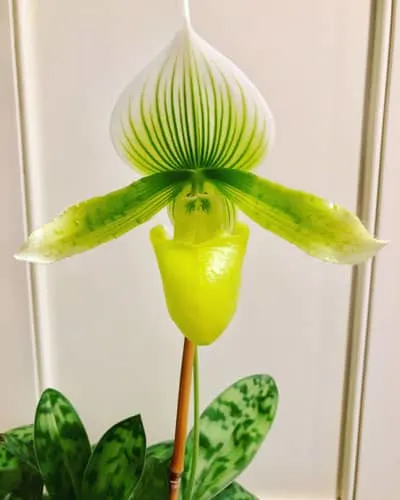
Use a finer grade bark mix for Paphiopedilums. The chunks of bark will be smaller. These plants have no pseudobulbs (water storage organs) so a finer bark mix will help these plants not dry out too much.
If you don’t have a finer grade bark mix, you can mix in some sphagnum moss into your bark to compensate. In the end, you’ll have to experiment to see what works best for your own growing conditions!
Most Paphiopedilums are terrestrial orchids, so they actually grow in the ground in nature. They are unlike many orchids that are epiphytes and grow in trees.
Of course you’ll have to balance your watering because you don’t want to keep your plant too wet or they will be prone to rotting.
Simply use your finger to check the surface of the potting mix. Whether you are growing in bark or moss, you’ll want to surface to dry out. If you’re still not sure if it’s dry enough, wait a bit longer.
Avoid extremes in moisture. If you let your plants dry out excessively, the lower leaves will yellow and weaken the plant. This has happened to me when I get lazy or forgetful, but as long as you get back on track, you will be ok.
On the other hand, keep these orchids wet all the time, and they will suffer root rot. NEVER let these plants sit in water. It’s all about a balance!
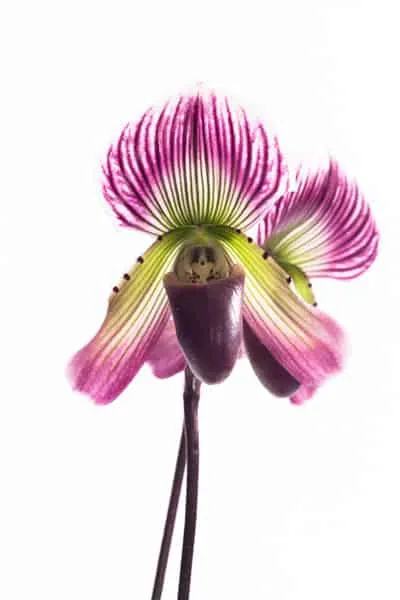
Fertilizing Paphiopedilum
I normally fertilize throughout the growing season with a pretty balanced fertilizer. I started using Dyna-Gro Grow for all of my plants, including my orchids, to keep things simple.
But it’s not just the easy way out. It is a wonderful all-purpose fertilizer for houseplants. I’ve achieved wonderful results with this fertilizer and it can be easily purchased on Amazon.
Buy Dyna-Gro Grow now! Your plants will love you! I love it because it is urea-free and contains all the major and minor nutrients that plants need. This means no more chance of any nutrient deficiency.
All my plants grow so beautifully since I switched to this fertilizer. Give it a shot. You won’t be disappointed!
Other Paphiopedilum Tips
Some Paphiopedilums have solid green foliage and others have mottled foliage. Typically the solid green foliage types come from higher altitude areas and grow in slightly cooler temperatures.
The mottled foliage types are from more temperate and warmer regions. This will provide clues for care. If you have a stubborn plant that won’t bloom, you might try to provide slightly cooler night, especially for solid green foliage types.
Aim to repot your plant about every 2-3 years for best results. Right after blooming is a good time to repot your Paph. You might also want to divide your plant at this time if you have several growths, or just keep the plant in tact if you want a larger specimen.
Finally, as with any orchid, good air circulation is beneficial in order to avoid diseases and pests. I have a ceiling fan in my sunroom, so I will run the fan pretty regularly to keep my plants healthy.
Do you have any Paphs? Comment below. I’d love to hear from you!

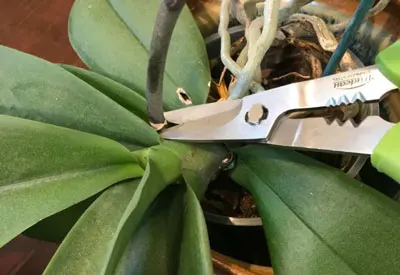
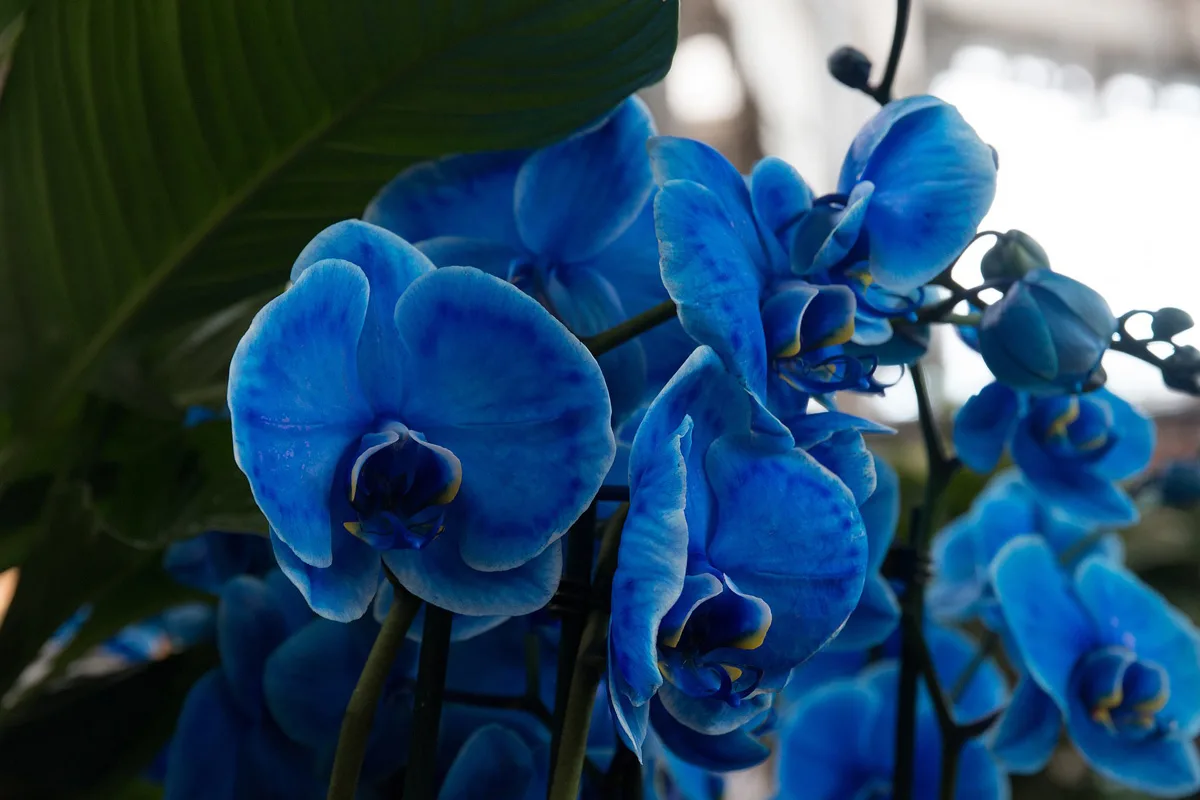
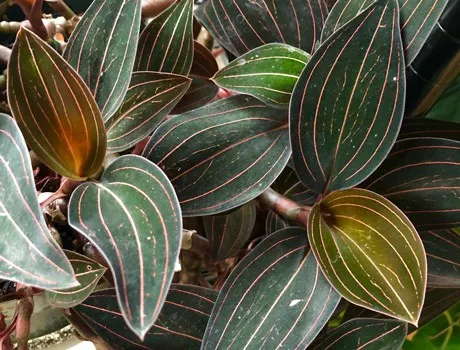
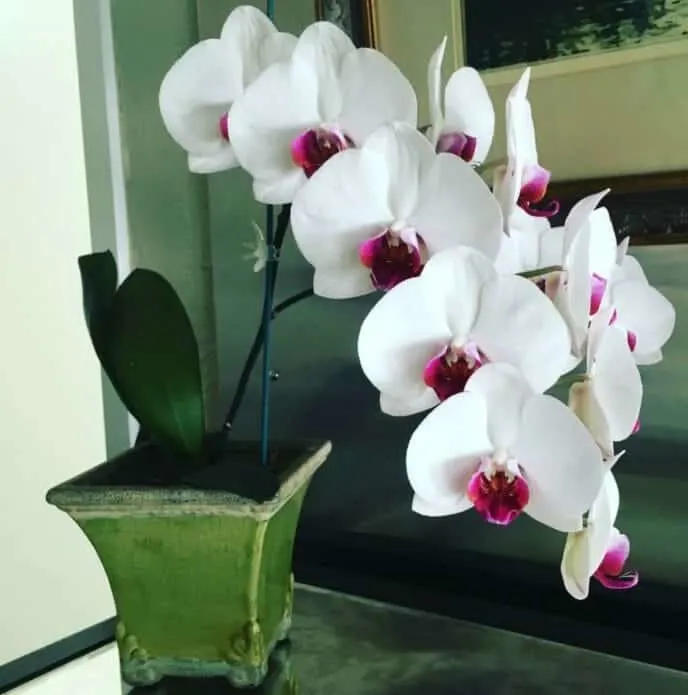
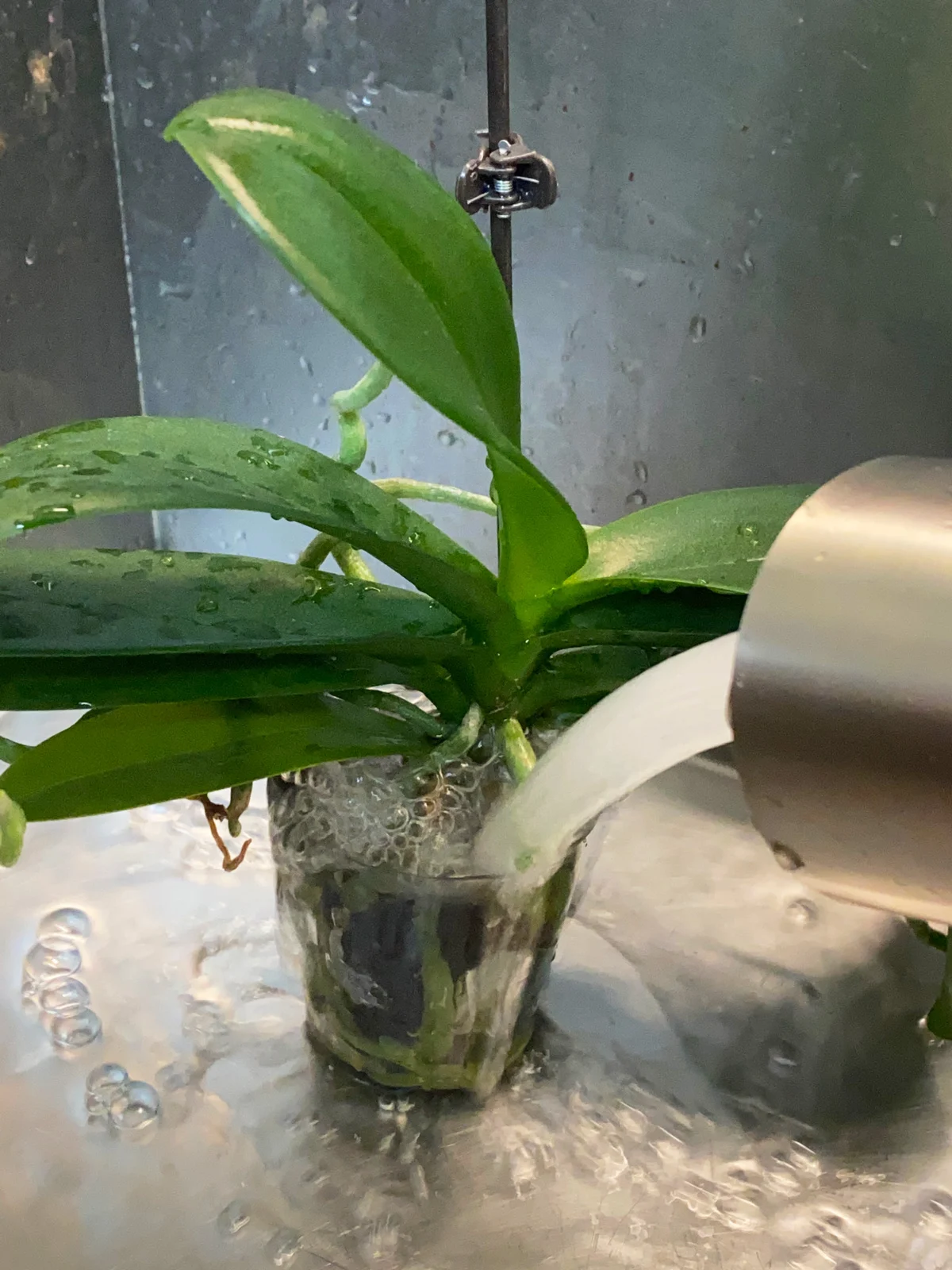
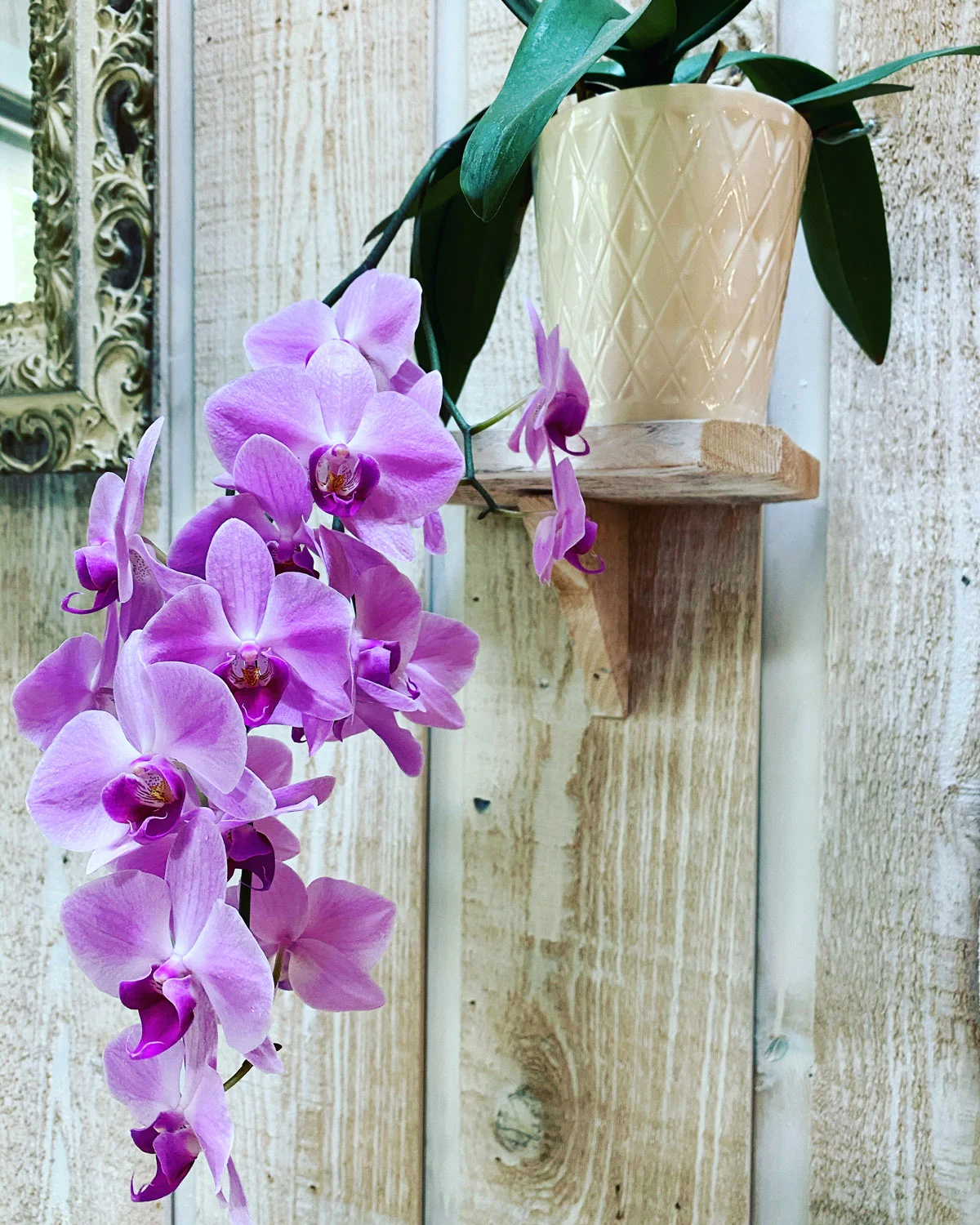
Danielle
Tuesday 31st of March 2020
How do you have multiple growths on your paphiopedilum? I have one that the older growth yellows and dies off. It happens over a few months as the new growth starts to mature. I have it growing in a fine bark mix. Am I letting it dry out too much? I’ve been trying to find out if it possibly is a nutrient deficiency, but not much available online about that that I’m finding. I was at an orchid show where someone who didn’t know much said that was normal for growing these indoors, but I knew it couldn’t be right since I’ve seen multiple people online that have multiple growth paphs they have grown indoors. Any help is appreciated.
Raffaele
Tuesday 31st of March 2020
Hi Danielle, mine just continually produces growths at the base over time. Are you following everything in the blog post? Do you fertilize regularly with a good fertilizer? Nutrient deficiencies are rare if you have a regular fertilization program with a good, complete fertilizer. Moisture is SUPER important for these. They hate to go completely dry so be sure not to let this happen. You will have to determine that for yourself though and actually feel the potting mix. If you feel the top of your fine fir bark and it's dry, it is time to water. I'd recommend not just going by what you read without evaluating your own situation. Use what you read online as a potential cause that you need to verify for your own situation if that makes sense! Good luck!
Geraldine
Sunday 22nd of March 2020
Question please :
Good afternoon,
I am beginner in Paphio and I have the following question:
On my first Paphio: the flower on lasted only a month... Second Paphio : bought one week and half ago and one of the flower (initially white and green) the green is starting to turn yellow...
Any advice ? (I bathe them once a week for ten minutes and try to avoid direct sun on the flowers)
Many thanks ?
Raffaele
Sunday 22nd of March 2020
Hi Geraldine! Just a couple thoughts...for the one you just bought a week and a half ago, you don't know how long that flower has been open. It could have been near the end of its lifespan. As far as your first Paph...is it planted in sphagnum moss? Or a bark mix? A little direct sun is fine, but not tons. Your issue could be moisture related...but I need to know if you are growing in moss or bark. Where exactly do you keep your plant? What exposure? How far from the window?